THSTI granted its first patent for a method for preparing a chitosan polymer for drug delivery
Rapid advances in nanotechnology have led to refinement of drug delivery strategies. It is noteworthy that the design and development of novel nanomedicines have higher market value and application prospects than that for conventional chemical drugs.
Drug-loading content and drug-loading efficiency are two important parameters of nanomedicines. Drug-loading content reflect the mass ratio of drugs to nanomedicines, and drug-loading efficiency reflects the utilization of drugs in feed during the nanomedicine-preparation process. The patent developed by THSTI discloses a water-soluble drug loadable, low molecular weight chitosan oligosaccharide nanoparticle, having efficient drug loading entrapment and release kinetics. Further, the method as set out in the present application is simple, utilises simple techniques, and does not involve costly instruments, industrially applicable and economic.
Chitosan is a straight-chain copolymer composed of D-glucosamine and N-acetyl-D-glucosamine obtained by the partial deacetylation of chitin. Chitosan solubility, biodegradability, reactivity and adsorption of many substrates depend on the amount of protonated amino groups in the polymeric chain, therefore on the proportion of acetylated and non-acetylated D-glucosamine units. Thus chitosan, solubilized in dilute aqueous acidic solution (pH<6.5), convert glucosamine units into soluble form R-NH3+.
Chitosan nanoparticles was chosen as carrier, because chitosan nanoparticles have the advantages of improved drug solubility and stability, enhanced efficacy, and reduced toxicity. Its small size makes nanoparticles capable of passing through biological barriers in-vivo and deliver drugs to the target sites.
The team behind this has Dr. Amit Awasthi, Associate Professor, THSTI and Dr. Ramendrapati Pandey, now Assistant Professor, SRM Sonepat.


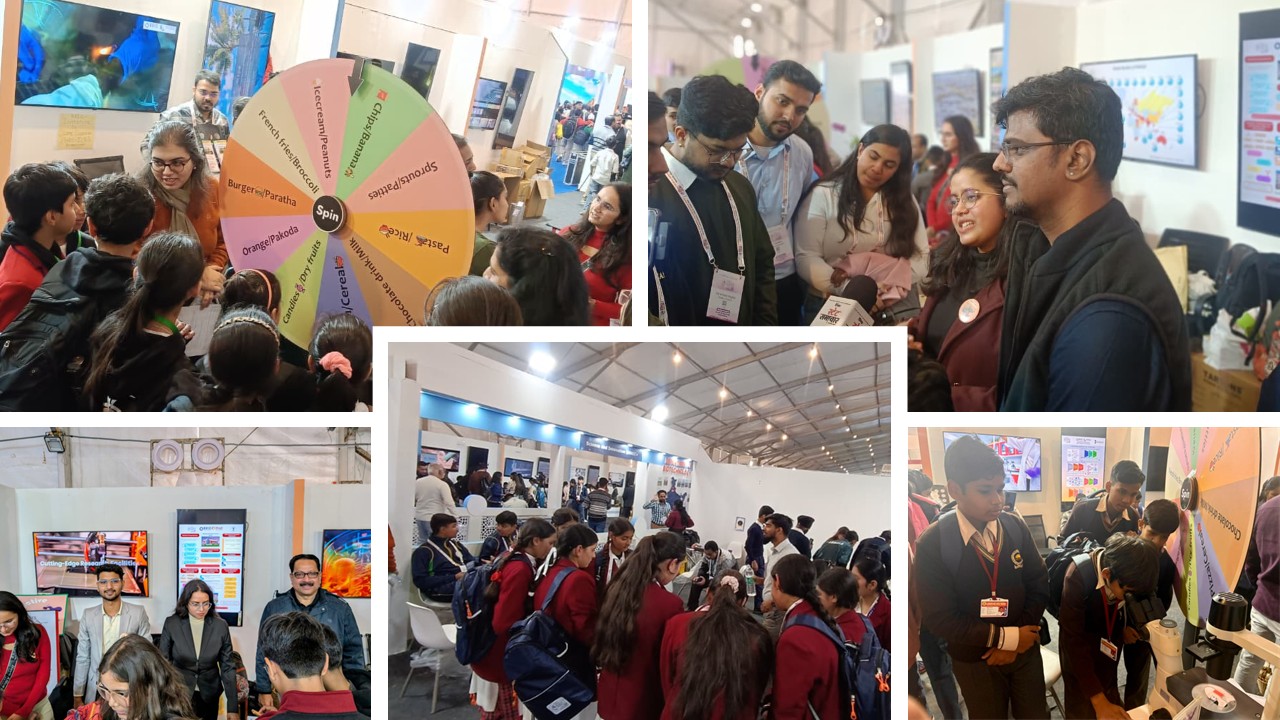 10 Dec 2025
10 Dec 2025
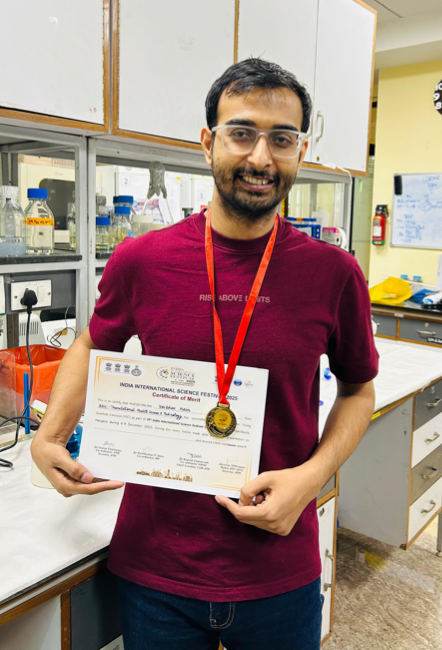 10 Dec 2025
10 Dec 2025
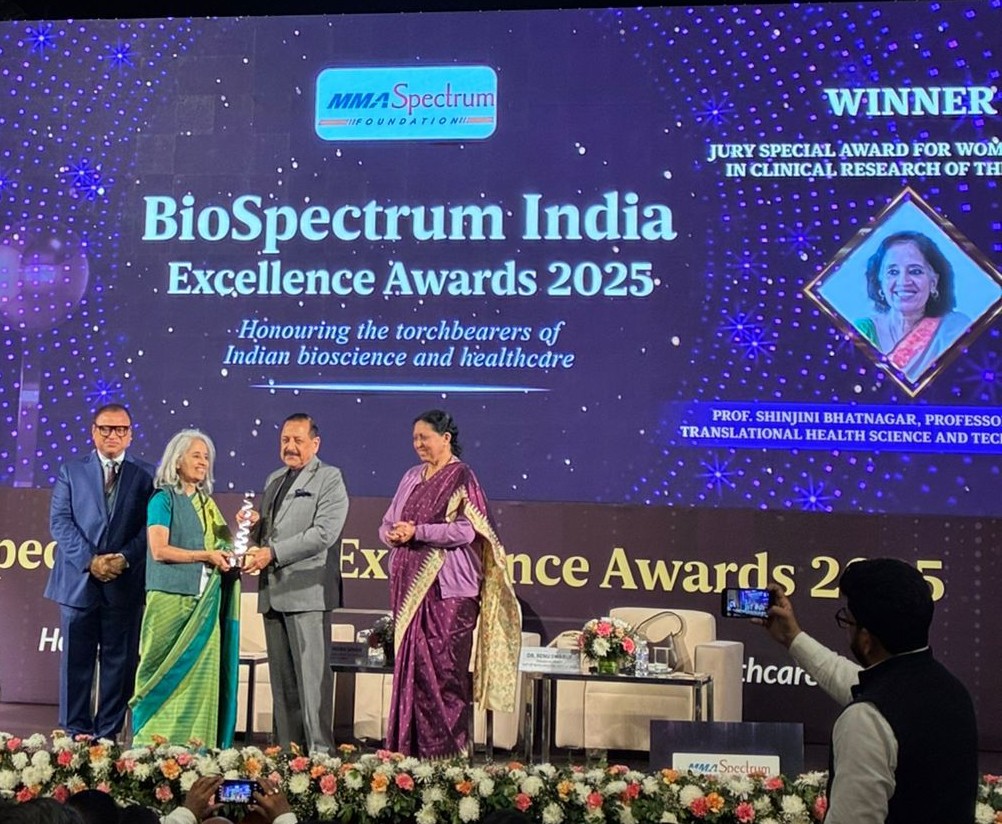 09 Dec 2025
09 Dec 2025
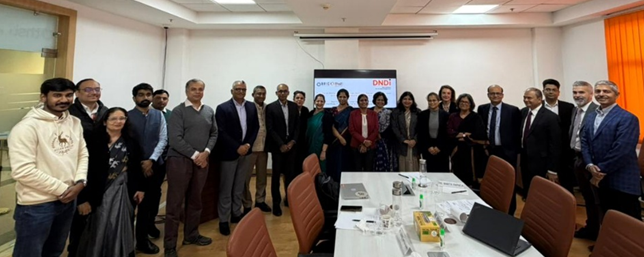 01 Dec 2025
01 Dec 2025
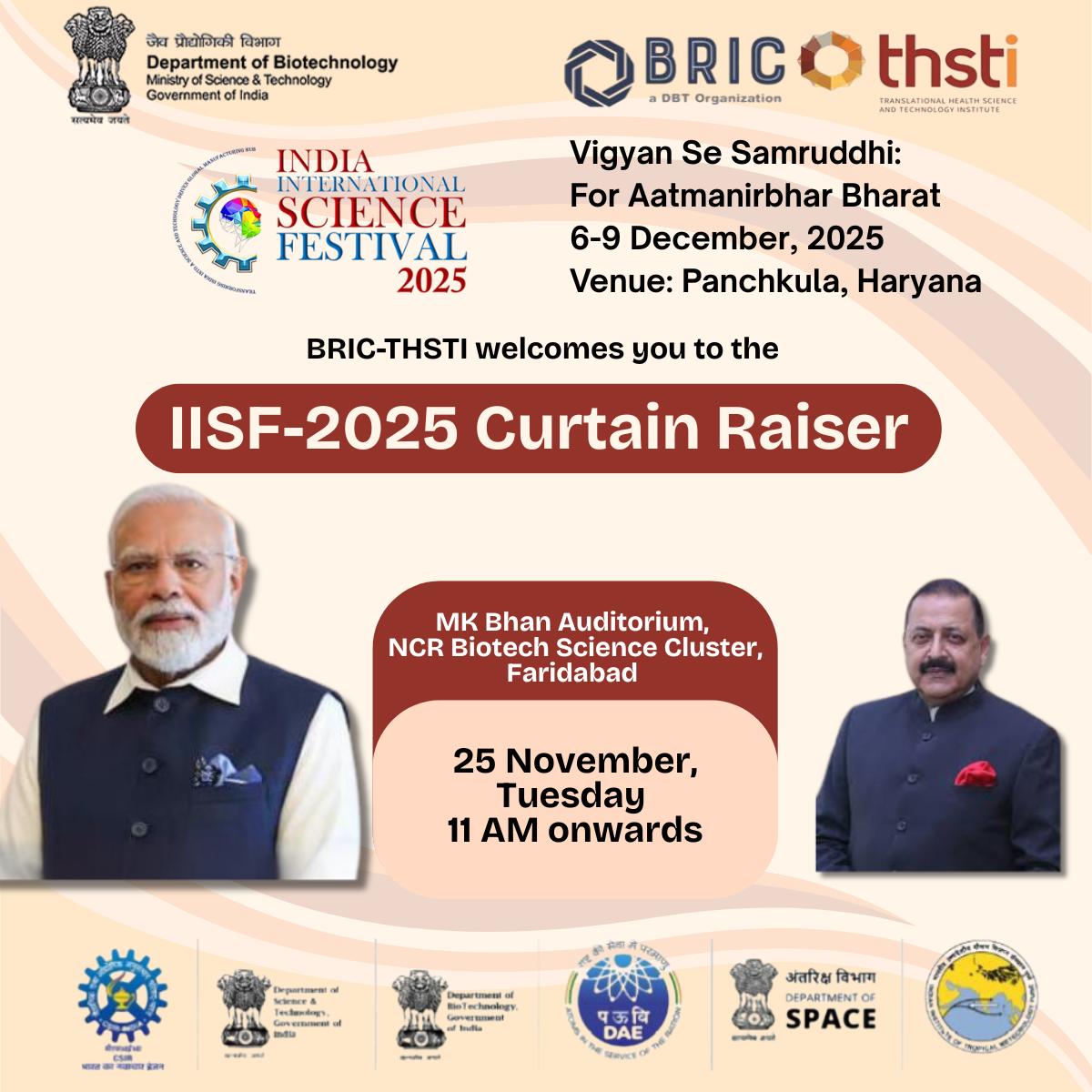 24 Nov 2025
24 Nov 2025